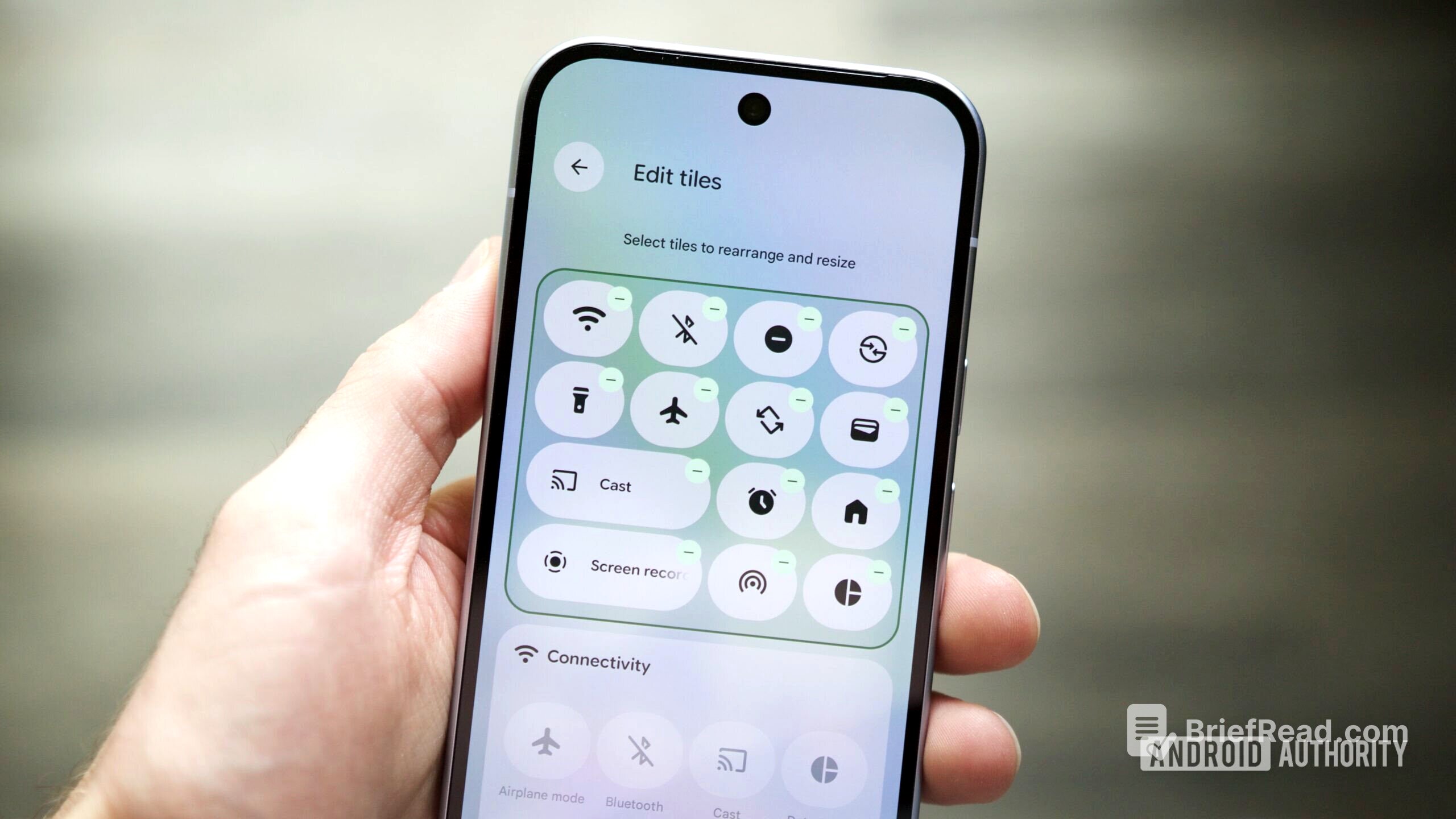TLDR;
This video explains the concept of banking, focusing on commercial banks and their role in money creation. It covers key concepts such as CRR (Cash Reserve Ratio) and SLR (Statutory Liquidity Ratio), and how commercial banks multiply money through credit creation. The video also touches on the functions of the Central Bank (RBI) and its role in regulating commercial banks.
- Commercial banks create credit by multiplying deposits.
- CRR and SLR are legal reserve ratios that affect a bank's lending capacity.
- The Central Bank (RBI) regulates commercial banks and ensures the safety of public money.
Introduction to Banking [0:00]
The video introduces the Banking chapter, highlighting the importance of understanding money creation by commercial banks, the functions of the Central Bank, and how the Central Bank controls credit. Banks are defined as organizations that safeguard money and provide loans. The types of banks include Central Banks, Commercial Banks, Cooperative Banks, and Specialized Banks, with a focus on Central and Commercial Banks.
Commercial Banks Explained [1:54]
Commercial banks are public banks where individuals can open accounts, deposit money, avail services, and borrow funds. These banks can be government-owned (nationalized) or private. Commercial banks provide loans for various purposes, such as consumption and investment, and earn profits through interest rate spreads. They borrow money from the public at a lower interest rate (e.g., 4%) and lend it at a higher rate (e.g., 18%), keeping the difference as profit.
CRR and SLR: Legal Reserve Ratios [4:17]
CRR (Cash Reserve Ratio) and SLR (Statutory Liquidity Ratio) are legal reserve ratios (LRR) that commercial banks must maintain. The Central Bank (RBI) regulates commercial banks to prevent fraud and protect public money. RBI guarantees deposits up to ₹5 lakh. CRR is a fixed percentage of initial deposits that commercial banks give to the RBI, while SLR is a fixed percentage of initial deposits that banks keep with themselves in liquid form (cash, gold, or government-approved securities).
Impact of CRR and SLR on Loan Capacity [8:38]
CRR and SLR reduce a bank's loan-giving capacity. For example, if the combined CRR and SLR is 25%, a bank can only lend 75% of its deposits. An increase in CRR and SLR further decreases the loan-giving capacity. CRR is the percentage of deposits given to the RBI, while SLR is the percentage kept by the bank in liquid form.
Credit Creation by Commercial Banks [10:31]
Commercial banks multiply money through credit creation. All transactions are assumed to occur through the banking system without cash. A table illustrates how an initial deposit of ₹1000 can lead to a total deposit of ₹10000 with a legal reserve ratio (LRR) of 10%. The bank maintains LRR and lends the remaining amount, which eventually returns to the banking system as fresh deposits. This process continues, creating a multiple of the initial deposit.
The Process of Credit Creation Explained [12:58]
When a bank receives a deposit of ₹1000, it maintains a 10% LRR (₹100) and lends out the remaining ₹900. The borrower then pays this ₹900 to someone else, who deposits it back into the bank. This creates a new deposit of ₹900, and the bank repeats the process, maintaining LRR and lending the rest. This cycle continues, with each round generating less loanable money, until the initial ₹1000 deposit results in a total credit creation of ₹9000.
Deposit Multiplier Formula [17:27]
The deposit multiplier, also known as the money multiplier, is calculated as 1 / LRR * 100. For example, if the LRR is 10%, the money multiplier is 10 times, meaning an initial deposit of ₹1000 becomes ₹10000. If the LRR is 25%, the multiplier is four times. An increase in LRR decreases the money multiplier.
Applications and Examples [18:56]
The video provides examples to illustrate the relationship between initial deposits, total deposits, and LRR. For instance, if an initial deposit of ₹20000 becomes a total deposit of ₹40000, the money multiplier is two times, and the LRR is 50%. Conversely, if the total deposit is ₹1 lakh and the LRR is 20%, the initial deposit can be calculated as ₹20000.
Conclusion [21:18]
Commercial banks multiply money through credit creation, with actual cash movement being minimal as banks primarily manage entries. The video emphasizes the importance of understanding credit creation by commercial banks, as it is a significant topic for examinations. The next class will cover the functions of the Central Bank and credit control measures.









